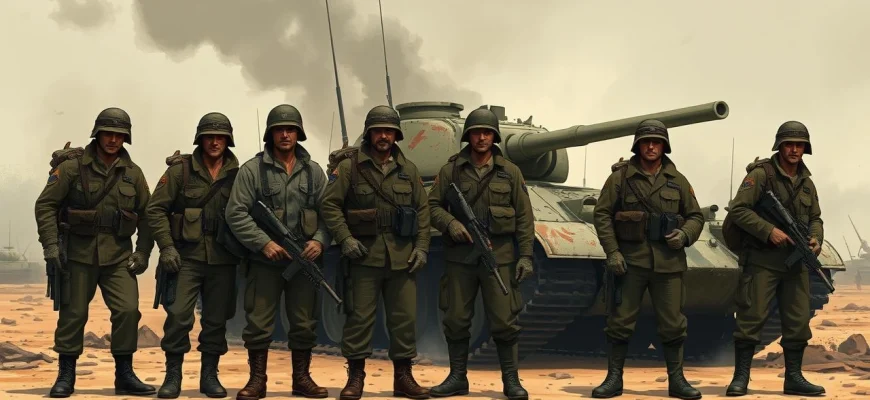If you were captivated by the raw intensity and gripping storytelling of 'Fury' (2014), you're in for a treat. This article explores 10 movies and shows that share similar themes of war, brotherhood, and the brutal realities of combat. Whether you're a history buff, a fan of action-packed dramas, or simply looking for your next binge-worthy watch, this list has something for everyone. Dive in and discover films and series that will leave you as moved and exhilarated as 'Fury' did.
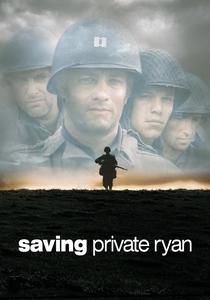
Saving Private Ryan (1998)
Description: Similar to 'Fury' (2014), 'Saving Private Ryan' is a gritty, realistic portrayal of World War II combat, focusing on the brutality and camaraderie of soldiers. Both films emphasize the psychological and physical toll of war, with intense battle sequences and a focus on the human element amidst chaos.
Fact: Directed by Steven Spielberg, the film's opening D-Day sequence is often cited as one of the most realistic and harrowing depictions of war ever filmed. Tom Hanks' character, Captain Miller, was inspired by real-life officer Frederick 'Fritz' Niland, whose brothers' story loosely inspired the plot. The film won five Academy Awards, including Best Director for Spielberg.
 Watch Now
Watch Now 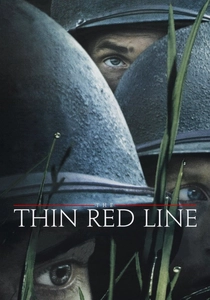
The Thin Red Line (1998)
Description: Like 'Fury', 'The Thin Red Line' explores the psychological and philosophical dimensions of war, juxtaposing the beauty of nature with the brutality of combat. Both films delve into the moral ambiguities and existential questions faced by soldiers, offering a more contemplative take on warfare.
Fact: Directed by Terrence Malick, the film marked his return to filmmaking after a 20-year hiatus. The cast includes multiple A-list actors, many of whom had their roles significantly cut in the final edit. The film was nominated for seven Academy Awards, including Best Picture and Best Director.
 Watch Now
Watch Now 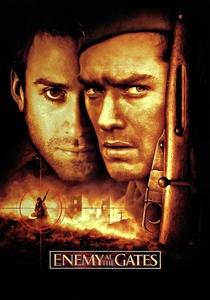
Enemy at the Gates (2001)
Description: Like 'Fury', 'Enemy at the Gates' is a war film that zeroes in on the personal struggles and tactical challenges of soldiers in a brutal conflict. Both films highlight the tension and psychological warfare inherent in combat, with a strong focus on individual heroism.
Fact: The film is based on the true story of Soviet sniper Vasily Zaitsev during the Battle of Stalingrad. Jude Law and Ed Harris, who play opposing snipers, trained extensively with real snipers to prepare for their roles. The film's depiction of Stalingrad was shot in Germany, using reconstructed sets and thousands of extras.
 Watch Now
Watch Now 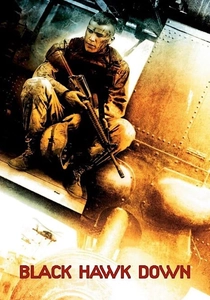
Black Hawk Down (2001)
Description: 'Black Hawk Down' shares with 'Fury' a focus on the chaos and camaraderie of soldiers in a desperate battle. Both films depict the relentless intensity of combat, with a strong emphasis on teamwork and survival under fire.
Fact: Directed by Ridley Scott, the film is based on the true story of the 1993 Battle of Mogadishu. The cast underwent rigorous military training to prepare for their roles, including live-fire exercises. The film won two Academy Awards for Best Film Editing and Best Sound.
 Watch Now
Watch Now 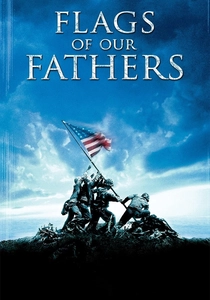
Flags of Our Fathers (2006)
Description: Similar to 'Fury', 'Flags of Our Fathers' examines the aftermath and psychological impact of war on soldiers. Both films challenge the glorification of combat, instead focusing on the personal and societal costs of warfare.
Fact: Directed by Clint Eastwood, the film is based on the book by James Bradley and Ron Powers about the six men who raised the flag at Iwo Jima. The film uses a non-linear narrative to explore the lives of the soldiers before, during, and after the famous photograph. It was shot back-to-back with 'Letters from Iwo Jima', with Eastwood directing both films simultaneously.
 Watch Now
Watch Now 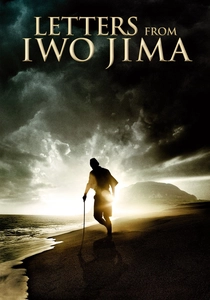
Letters from Iwo Jima (2006)
Description: 'Letters from Iwo Jima' parallels 'Fury' in its humanizing portrayal of soldiers on the opposing side of a conflict. Both films delve into the personal stories and moral dilemmas of their characters, offering a nuanced perspective on war.
Fact: Directed by Clint Eastwood, the film is a companion piece to 'Flags of Our Fathers', showing the Battle of Iwo Jima from the Japanese perspective. The script was based on letters written by Japanese soldiers, many of which were discovered decades after the war. The film was nominated for four Academy Awards, including Best Picture.
 Watch Now
Watch Now 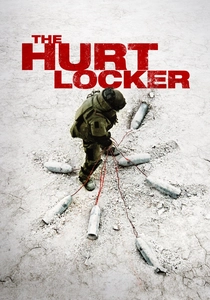
The Hurt Locker (2008)
Description: 'The Hurt Locker' shares with 'Fury' an intense, ground-level view of modern warfare, focusing on the adrenaline and addiction to combat. Both films explore the psychological toll of war, with a particular emphasis on the bonds formed between soldiers in high-stakes situations.
Fact: Directed by Kathryn Bigelow, the film won six Academy Awards, including Best Picture and Best Director, making Bigelow the first woman to win the latter. The script was written by Mark Boal, a journalist who embedded with a bomb squad in Iraq. Jeremy Renner, who plays the lead role, performed many of his own stunts, including carrying a heavy bomb suit in extreme heat.
 Watch Now
Watch Now 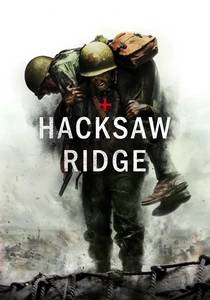
Hacksaw Ridge (2016)
Description: Like 'Fury', 'Hacksaw Ridge' showcases the horrors of war with unflinching realism, but also highlights extraordinary bravery and moral conviction. Both films balance intense combat scenes with deep character studies, exploring themes of sacrifice and the cost of war.
Fact: Directed by Mel Gibson, the film is based on the true story of Desmond Doss, a conscientious objector who saved 75 men during the Battle of Okinawa without firing a weapon. Andrew Garfield, who plays Doss, underwent rigorous training to prepare for the role, including carrying real people to simulate rescues. The film won two Academy Awards for Best Film Editing and Best Sound Mixing.
 Watch Now
Watch Now 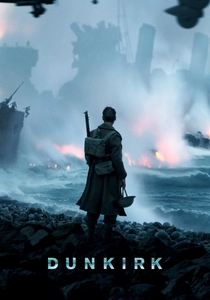
Dunkirk (2017)
Description: 'Dunkirk' shares with 'Fury' a visceral, immersive approach to war storytelling, focusing on the tension and survival instincts of soldiers in dire situations. Both films use minimal dialogue to convey the sheer intensity of combat, relying heavily on visual and auditory elements to create a gripping experience.
Fact: Directed by Christopher Nolan, the film was shot using large-format IMAX cameras to enhance the immersive experience. The story is told from three perspectives—land, sea, and air—with overlapping timelines. Hans Zimmer's score features a ticking clock sound to heighten the sense of urgency, a motif inspired by Nolan's own pocket watch.
 Watch Now
Watch Now 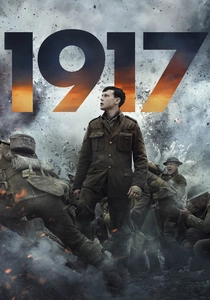
1917 (2019)
Description: Similar to 'Fury', '1917' is a war film that plunges the audience into the immediacy and chaos of battle. Both films use innovative cinematography to create a sense of real-time urgency, with '1917' famously shot to appear as one continuous take, mirroring 'Fury's' relentless pacing.
Fact: Directed by Sam Mendes, the film was inspired by stories told by his grandfather, who served in World War I. The 'one-shot' technique required meticulous planning, with some takes lasting up to nine minutes. The film won three Academy Awards, including Best Cinematography for Roger Deakins.
 Watch Now
Watch Now 
